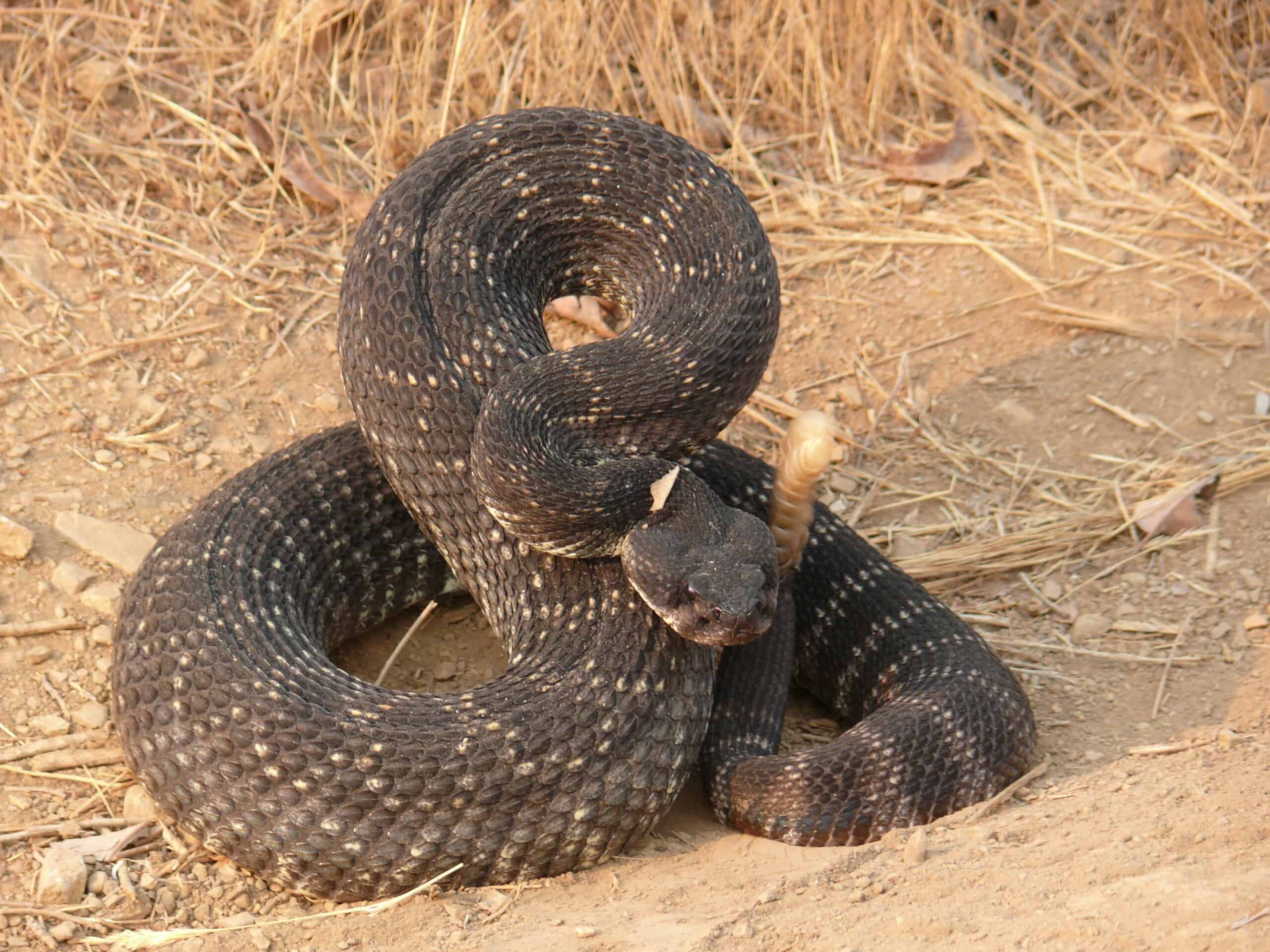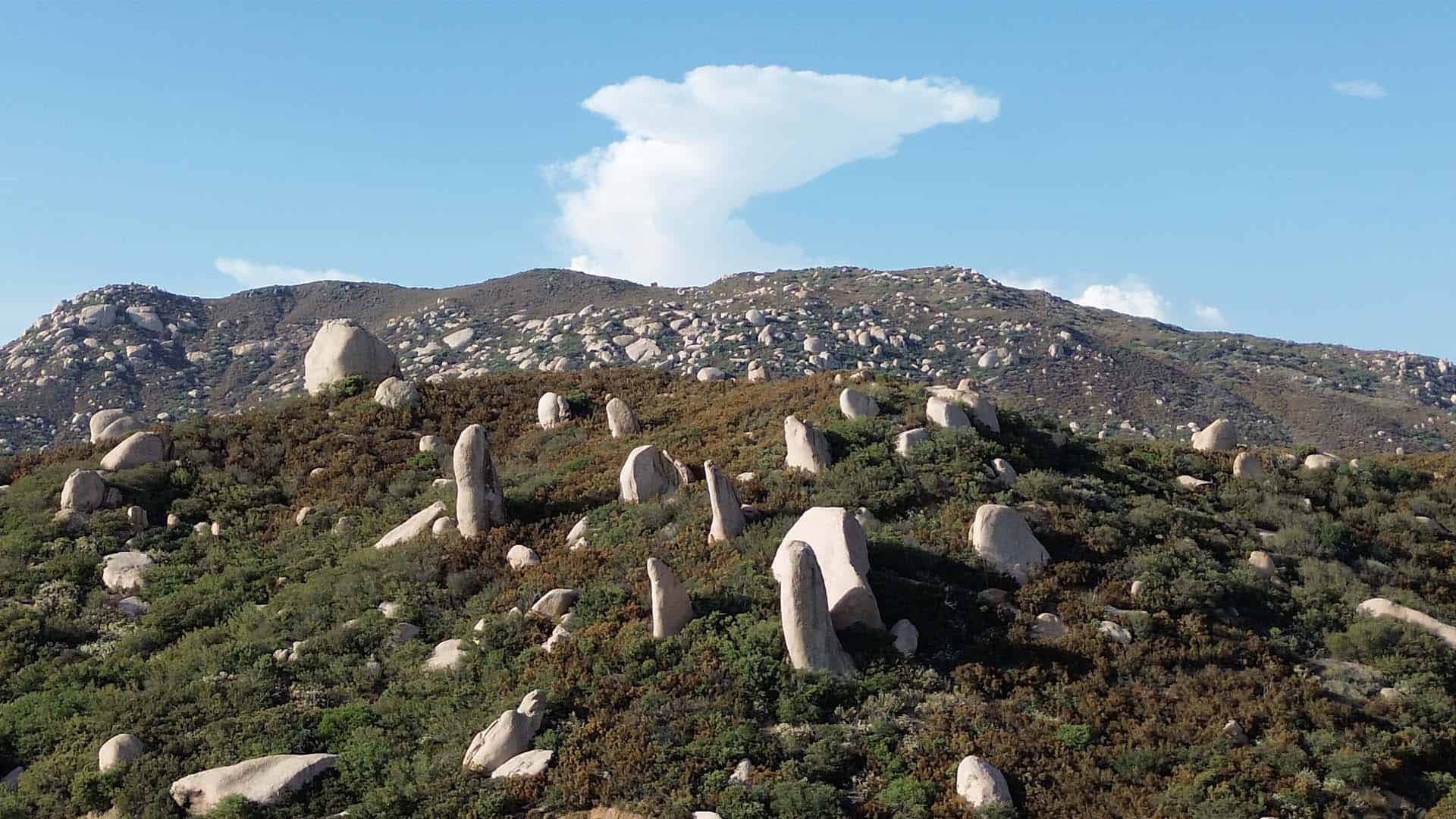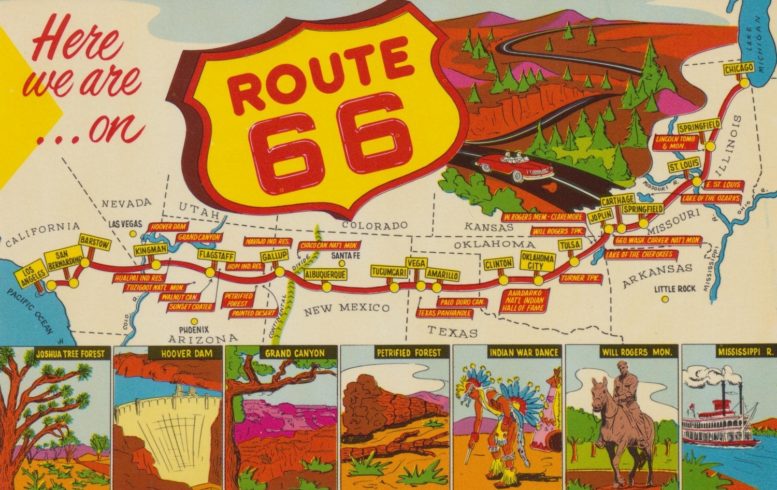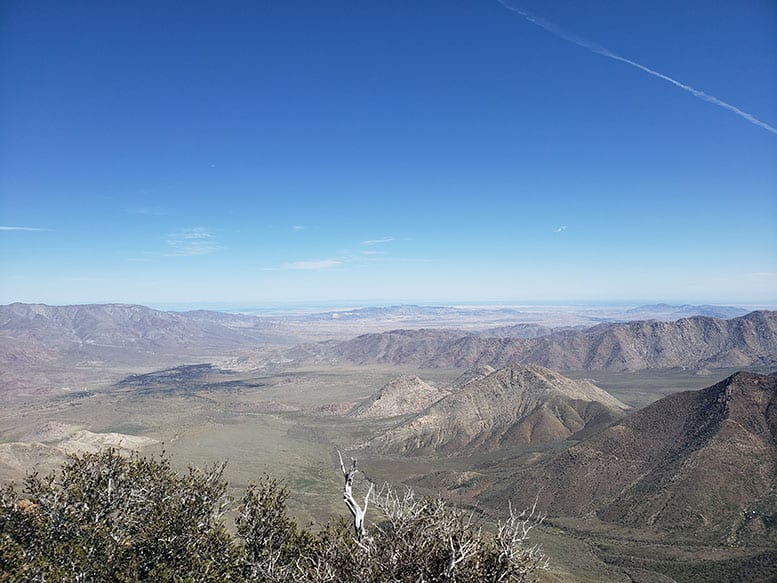One of the most common questions I’m asked in the comments on YouTube is if I ever run into any rattlesnakes. The truth is, I rarely see any when out filming. That made me wonder, when is rattlesnake season in Southern California? So, I did some research on the subject and this is what I found out.
Rattlesnake season in Southern California begins in the spring around April and ends in the fall, though rattlesnakes can be seen year-round in the region. According to Rady’s Children’s Hospital, most bites from the four species of rattlesnakes that live in Southern California occur between April and October.
The gray weather in the spring draws snakes out at times hikers are more likely to encounter them. Local rattlesnakes don’t like days that are super-hot. Days that are warm and overcast lead to perfect conditions for snakes to come out.
The biggest reason the spring leads to such an increase in rattlesnakes is because that’s when Southern Pacific rattlesnakes, which are the most common species in urban areas such as Los Angeles and San Diego, come out of hibernation to mate. Making it the time of year you’re most likely to encounter them in the wild.
When does rattlesnake season end?
There’s no specific end date. The season starts in spring and lasts until the weather cools in the fall. During the summer months and the area’s really high heat days, the snakes become nocturnal and you’re less likely to encounter them in the wilderness. Unless of course, you are doing night hiking, as the snakes will do most of their moving around at night.
What types of rattlesnakes are found in Southern California and what do they look like?
There are four species of rattlesnake found in Southern California. They are:
Colorado Desert Sidewinder (Crotalus cerastes laterorepens)
Found only in the desert, this snake has hornlike projection over each eye that separates it from the others in our area. It prefers sandy flats and washes. As it is a desert snake, its colors are designed for that environment; cream or light brown ground color, with a row of brown blotches down the middle of the back. Length: 7 inches to 2.5 feet.
Southwestern Speckled Rattlesnake (Crotalus mitchelli pyrrhus)
The Southwestern Speckled Rattlesnake is mostly found in rocky foothill areas along the coast or the desert. This snake’s colors range from cream or tan to sometimes pink and yellowish, and usually with indistinct bands of salt-and-pepper speckling. Length: 8 inches to 3 feet.
Red Diamond Rattlesnake (Crotalus exsul)
This snake is reddish-brown with the outline of cream-colored diamonds down its back. It normally prefers brushy areas such as chaparral along the coast or mesquite and cactus on desert slopes. It is not found high in the mountains or on the desert flats. This is generally the largest rattlesnake found in Southern California. Length: 9 inches to 5.5 feet.
Southern Pacific Rattlesnake (Crotalus viridis helleri)
This is the most common rattlesnake in Southern California. It can be found pretty much everywhere but in the desert. The snake is greenish-brown to black and has brown to black blotches down its back. These blotches generally have lighter edges. This snake is a subspecies of the highly variable Western rattlesnake complex. Length: 6 inches to 5 feet.
The California Department of Fish and Wildlife has a webpage where you can select each snake (among many other animals) and view a map of their habitat range.
What does it mean if I hear a rattling noise?
It means you need to be very careful because the snake is near and it is giving you, or something else nearby, a warning. Look around the area and try to locate the snake, back away from that area. Not all rattlesnakes rattle before they strike.
What should I do if I see a rattlesnake when I’m hiking or backpacking?
Nothing. Southern California rattlesnakes are pretty docile and will try to avoid conflict. Give them plenty of room and let them go about their business. Do not under any circumstance try to pick them up or handle them with a stick. It is said that 80% of snake bites in the area are due to people picking them up.
If you can’t pass the snake comfortably at a distance, retrace your steps. You can also take precautionary measures and wear long pants and boots that protect their ankles, though that isn’t always a very comfortable option while on a hike. Avoid tall grass, weeds and heavy underbrush where snakes may hide during the day. Also, you should always hike with someone else in case you get bitten and need help.
I once saw someone yelling at a rattlesnake to get it to move, but that is pretty pointless as snakes just don’t hear well.
Should I just kill the rattlesnake?
No. Leave no trace includes not killing snakes. Depending on where you are hiking, rattlesnakes are probably a protected species too. You should never pick up a dead rattlesnake as well, as it could still have poison on its fangs and you might get nicked.
If a rattlesnake is in your yard, call your local department of animal control and let them handle it.
What should I do if I get bitten?
Remain calm. Call 911 or go to an emergency room immediately. If possible, wash the wound with soap and water, and elevate the afflicted arm or leg above the level of the heart. Also, remove any jewelry or tight-fitting clothing in case of swelling.
At the hospital, you may be monitored and, if necessary, treated with antivenom, depending on the bite. About 25% of bites are dry bites and no venom is released.
You can also call the California Poison Control System at (800) 222-1222.
What not to do when bitten by a rattlesnake.
Do not apply a tourniquet.
Do not pack the bite area in ice.
Do not cut the wound with a knife or razor.
Do not use your mouth to suck out the venom. This only works in old westerns
Don’t drink alcohol.
Should you run or hike out to get help if you’ve been bitten by a rattlesnake?
If that will lead you to get help faster, yes. Moving around does not pump venom through your body any faster, as venom does not travel by blood but by your lymphatic system. The lymphatic system doesn’t circulate fluids through your body as fast as blood.
Can you die from a rattlesnake bite?
In very rare cases, yes. But you are unlikely to die unless you are allergic to the venom or get bitten in a place that will cause a lot of blood loss such as an artery or a vein.
Are baby rattlesnakes more toxic because they can’t control their venom yet?
This was a common myth when I was in the Army, but no, baby rattlesnakes are not more toxic than adults.
Whether young snakes can control their venom or not is actually disputed, but either way, bigger snakes have bigger venom sacs and adults can deliver much more venom than a young snake.
What about hiking with my kids?
It’s always a good idea to make sure your kids have a whistle on them when hiking. That way if something happens and you aren’t right next to them, they can blow the whistle to alert you that they are in trouble.
The same procedures apply for kids as adults. Remain calm and get help as quickly as possible.
What if I’m hiking with my dog and he gets bitten by a rattlesnake?
Dogs have an increased risk of being bitten due to holding their nose to the ground while investigating the outdoors. You always want to keep your dog on a leash while hiking in rattlesnake areas. If your dog is bitten, take them to a veterinarian to get checked out as quickly as possible. Dogs actually have a little higher resistance to rattlesnake venom than humans do, but you still want to get them checked.
Rattlesnakes ultimately are just something you have to deal with hiking in Southern California, but in the end, there are far more likely ways to get injured. Rattlesnake bite deaths are actually rare enough that Wikipedia has a page listing every death from a snake bite in the United States, and the most recent one listed in California is in 2010 (though the San Jose Mercury News says that there are about 800 bites in California every year, and only one or two are fatal.
Hopefully this information helps anyone who plans on venturing into Southern California’s backcountry, or is just curious about rattlesnakes. While they might seem scary, they really aren’t anything to be concerned about as long as you keep good situational awareness.




